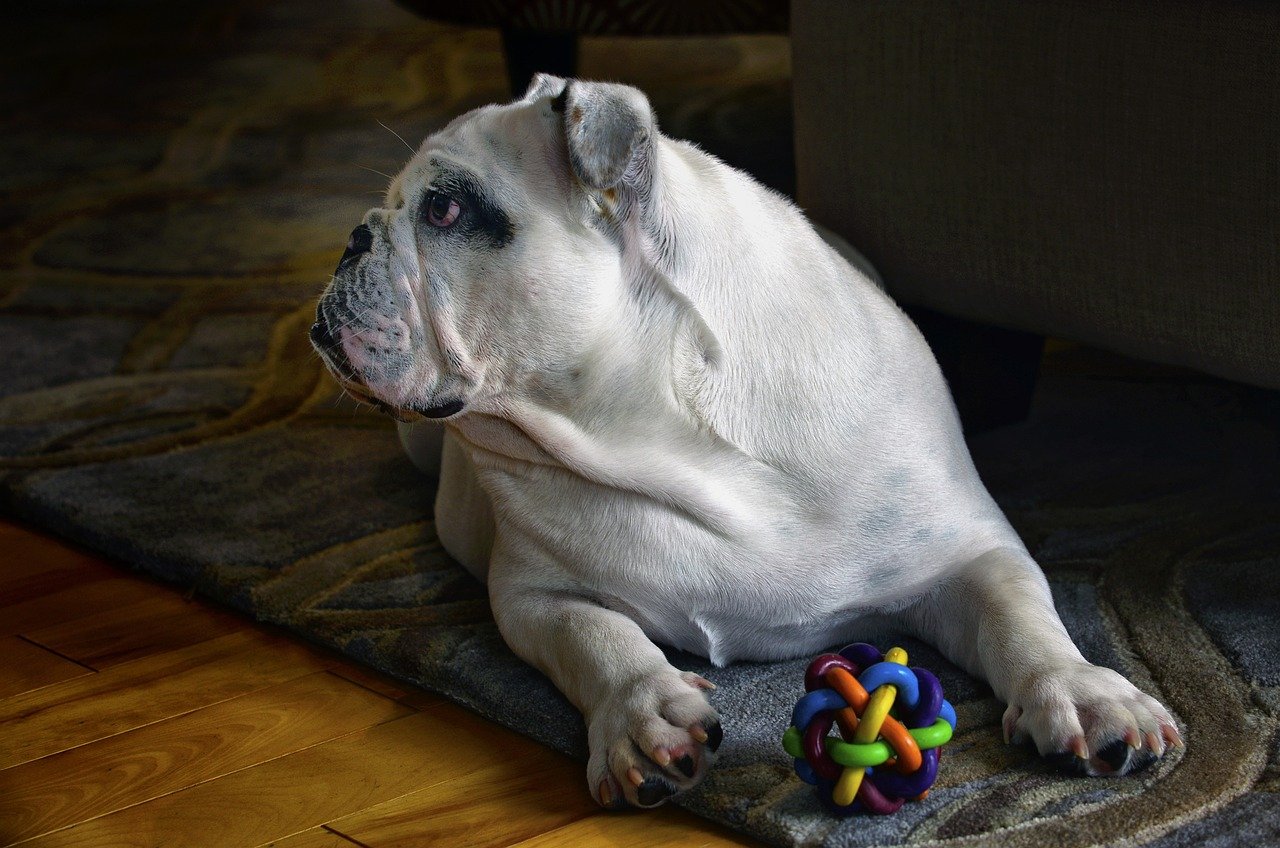Imagine leaning in to give your dog a loving cuddle, only to be greeted by a wave of foul-smelling breath that nearly knocks you off your feet. It’s a problem so many dog owners face, and yet it’s often shrugged off as just another part of pet parenthood. But what if that stinky breath is more than just an inconvenience? What if it’s a sign of something your dog is trying to tell you? Let’s dive into this surprisingly common issue and discover ten practical ways to turn those stinky snuggles into sweet moments again.
Brush Your Dog’s Teeth Regularly
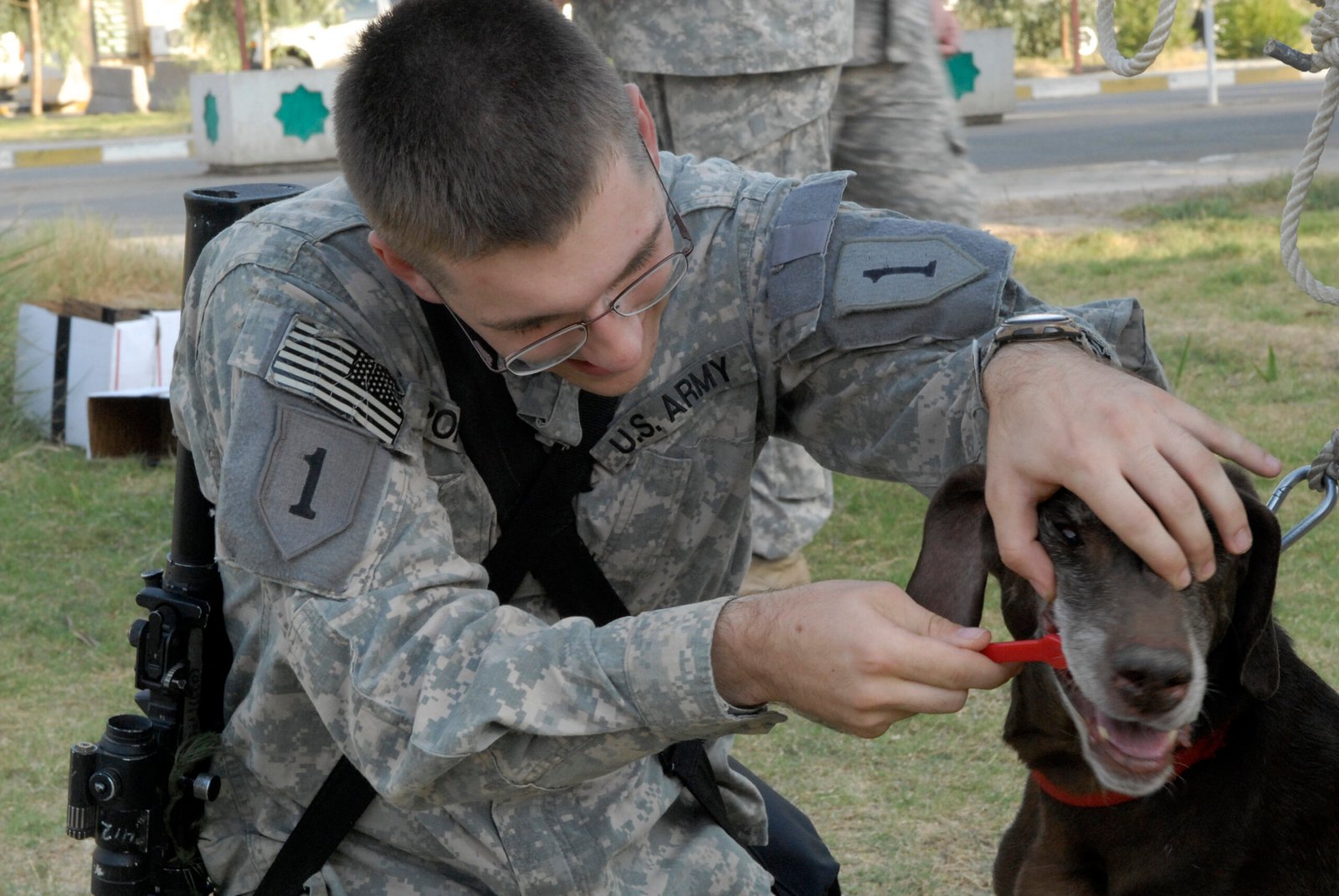
Brushing your dog’s teeth might sound like a hassle, but it’s one of the most effective ways to tackle bad breath. Plaque and tartar don’t just cause yellow teeth — they’re often the root of that unpleasant odor. Most dogs aren’t thrilled at first, but with patience and a flavored dog-safe toothpaste, it soon becomes just another part of your routine. Imagine how you’d feel if you skipped brushing for a week; your dog’s mouth is no different! Start slow, use gentle motions, and try to make it a positive experience with lots of praise and treats. Aim for several times a week, if not daily, and you’ll likely notice fresher breath and a happier pup.
Choose Dental Chews Wisely
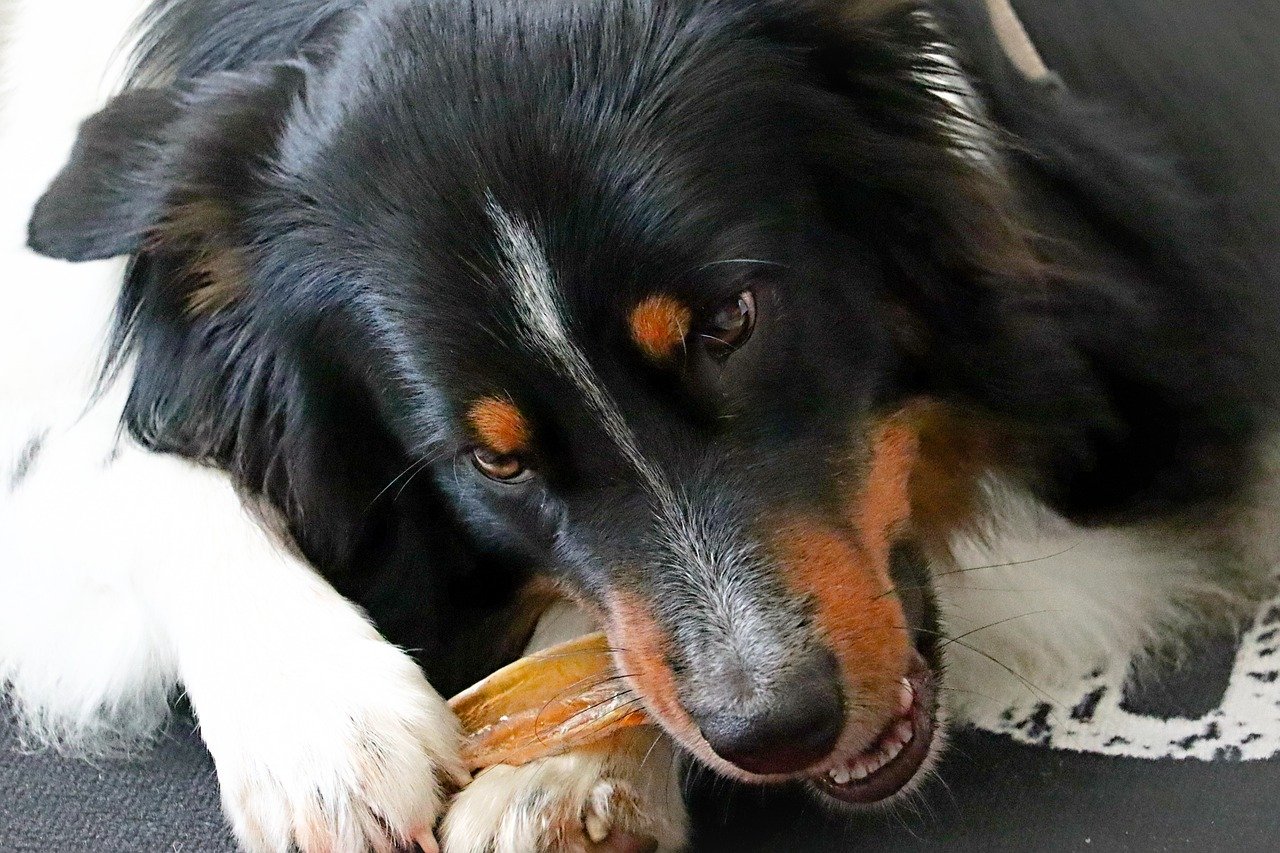
Dental chews can be like a toothbrush in disguise for your dog. These tasty treats are designed to scrape away plaque and freshen breath while your dog happily chomps away. But not all chews are created equal. Look for products approved by veterinary dental associations, as these are tested for effectiveness. Size matters, too — make sure the chew is appropriate for your dog’s breed and chewing style to avoid choking hazards. Used regularly, dental chews are a fun and effective way to help control that stinky breath.
Offer Fresh, Clean Water Daily
You might be surprised by how much a simple bowl of clean water can affect your dog’s breath. Just like humans, dogs need to rinse away food particles and bacteria that can build up in their mouths. Stagnant or dirty water can actually make things worse, so be sure to clean their water bowl and refill it with fresh water daily. This small habit can go a long way in keeping your dog’s mouth healthier and their breath less offensive.
Feed a High-Quality Diet
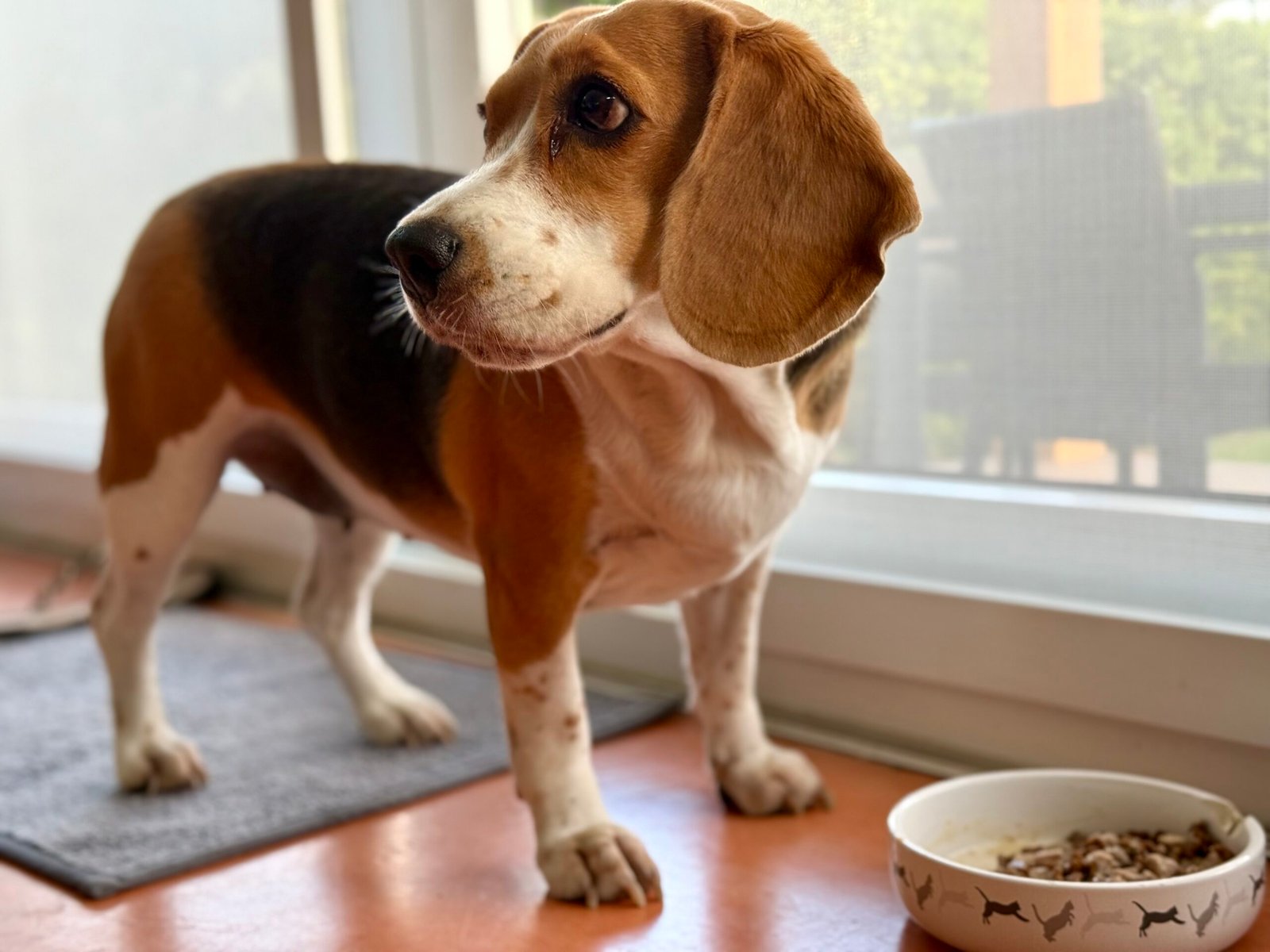
What goes into your dog’s mouth plays a big role in what comes out of it — including their breath. Low-quality dog foods can cause digestive problems and lead to smelly breath. Opt for a high-quality diet rich in real meat, vegetables, and minimal fillers. Some specialized dog foods are even formulated to help reduce bad breath and tartar buildup. You might even notice a difference in your dog’s energy and coat, too. Remember, a healthy gut often means a healthier mouth.
Schedule Regular Vet Checkups
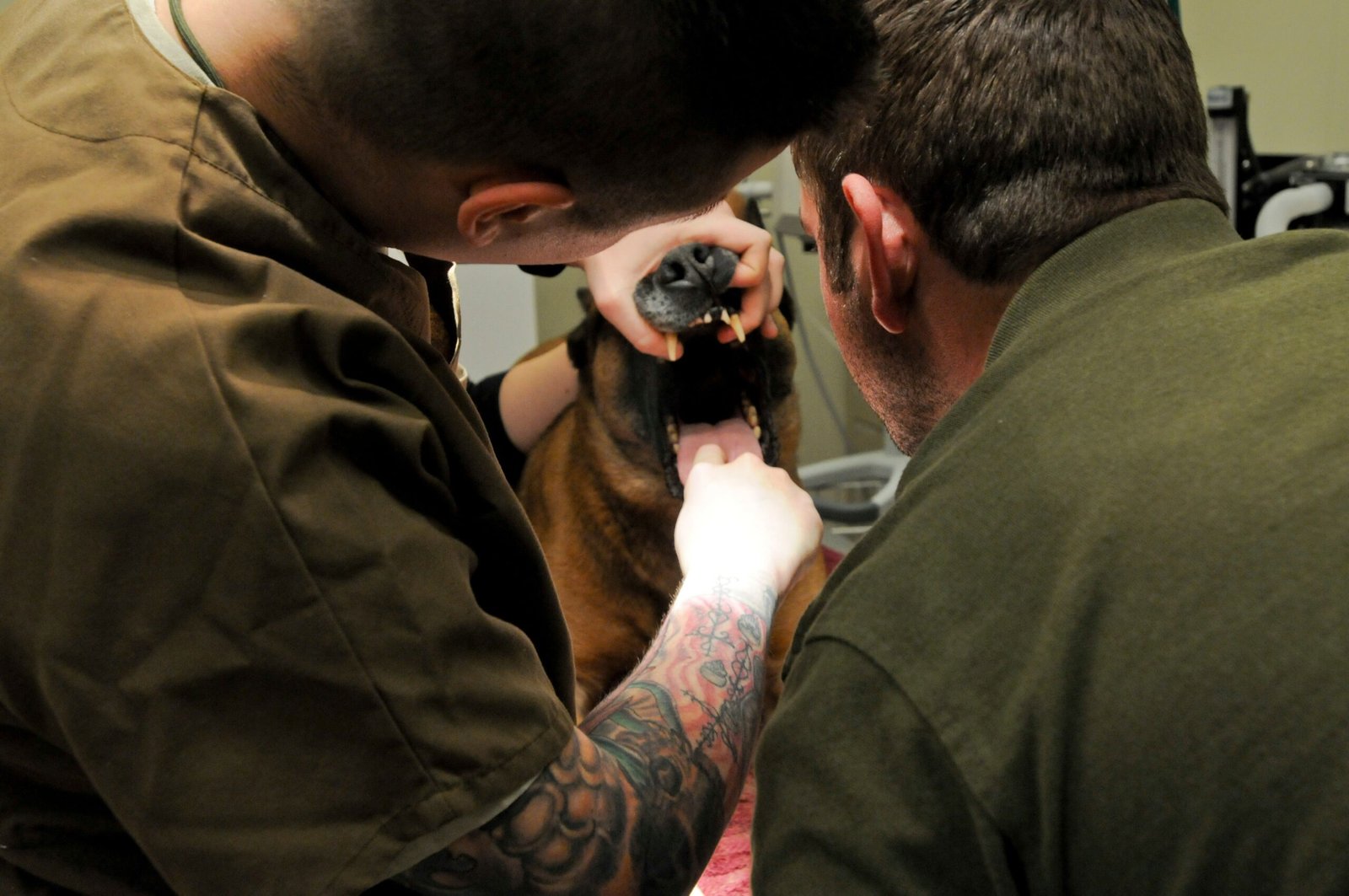
Bad breath can sometimes be a sign of a deeper health issue, not just dental problems. Regular vet checkups are crucial to catch underlying conditions like kidney disease, diabetes, or oral infections early. Your vet can also provide professional dental cleanings, which reach places your toothbrush can’t. Don’t wait until your dog’s breath is unbearable — preventative care is always easier (and less expensive) than treating serious problems later on.
Try Natural Breath Fresheners
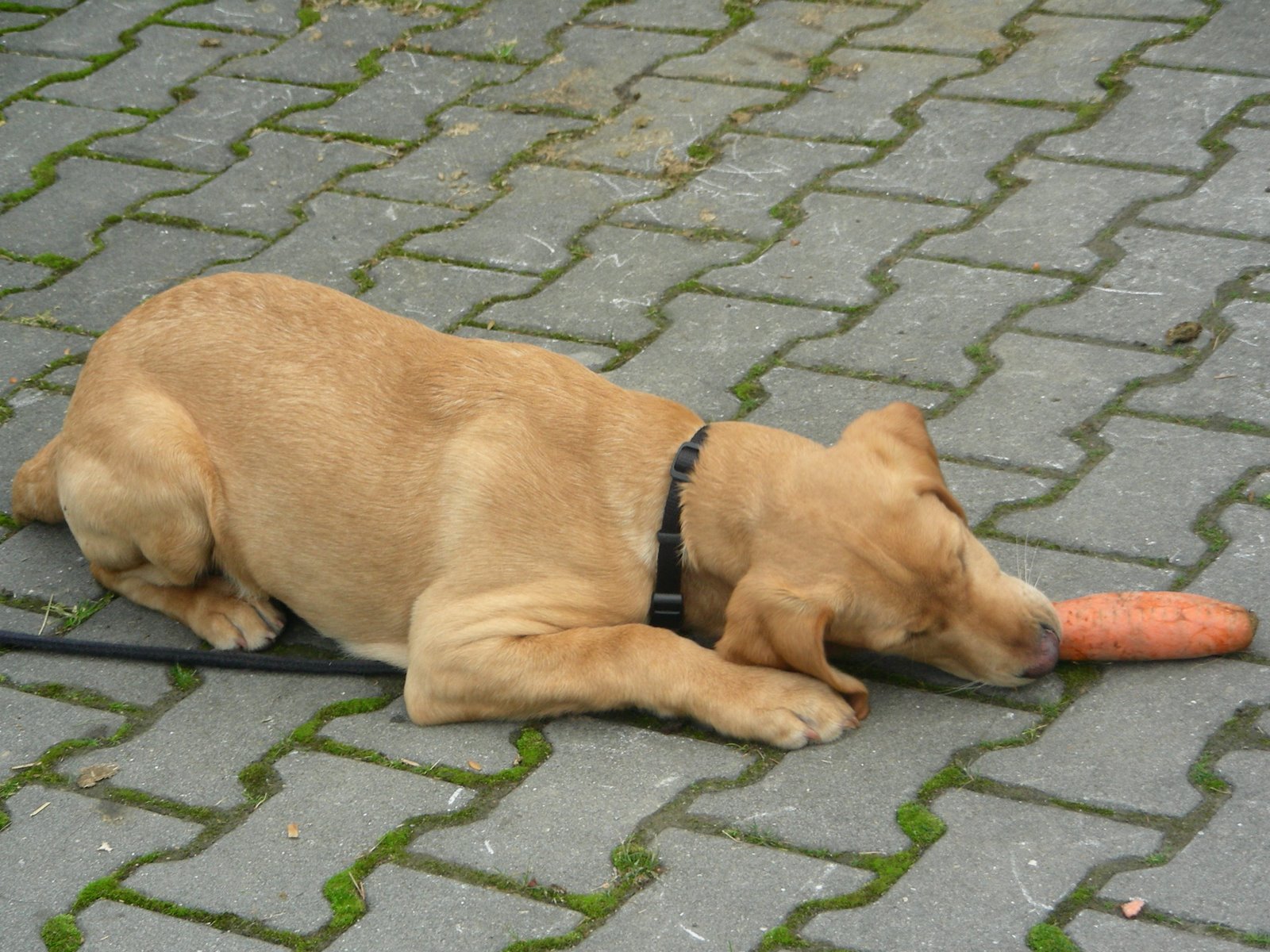
Nature offers a few tricks to help your dog’s breath, too. Fresh parsley, for example, can be sprinkled on your dog’s food for a natural breath boost. Carrot sticks and apple slices are crunchy, low-calorie snacks that help clean teeth while freshening breath. Just remember to avoid foods that are toxic to dogs, like onions, garlic, and grapes. A little creativity in the kitchen can go a long way toward a sweeter-smelling pup.
Keep Toys and Bowls Clean
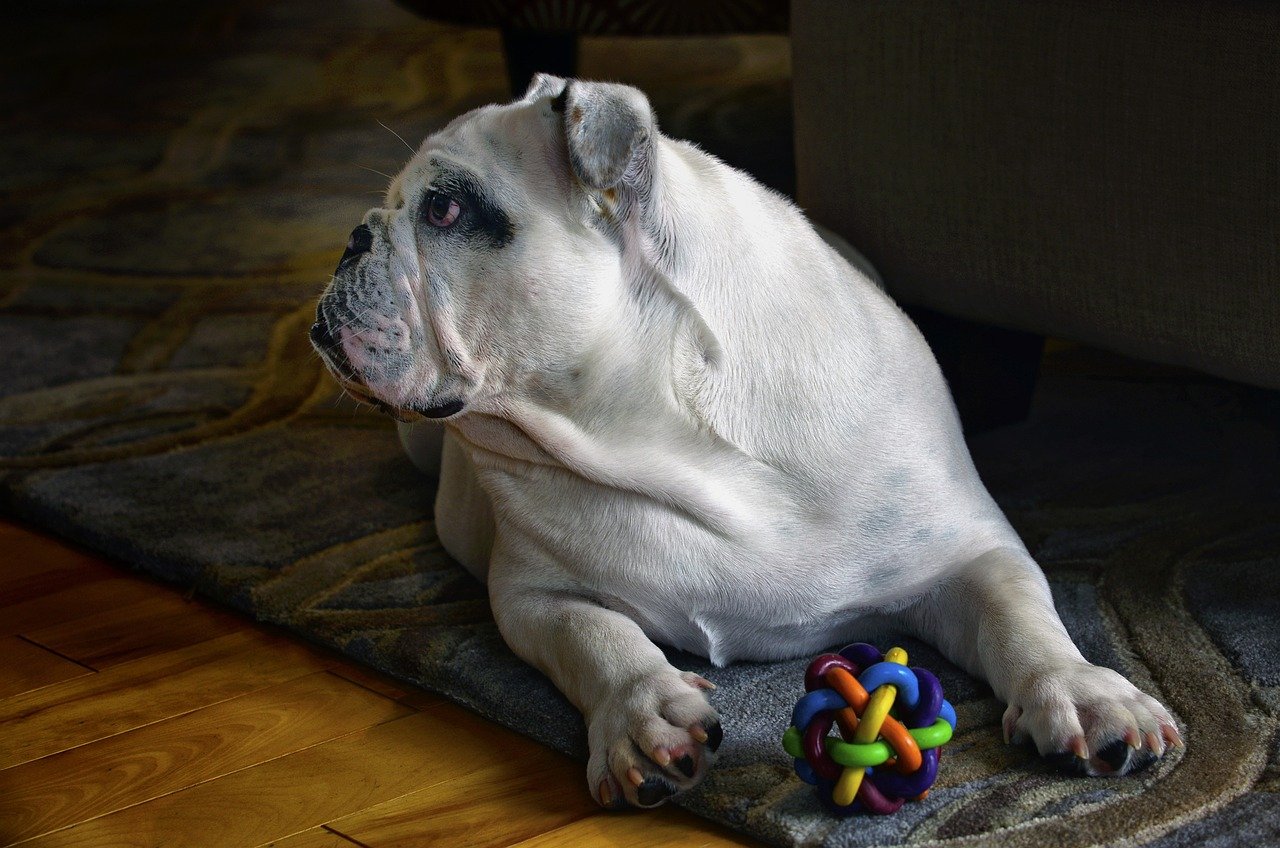
It’s easy to overlook, but your dog’s toys and food bowls can harbor bacteria and mold, adding to their breath issues. Make it a habit to wash food and water bowls daily with hot, soapy water. Toys, especially those that get wet or slimy, should be cleaned regularly as well. This is a simple step that can make a big difference — think of it as washing your dishes and toothbrush to keep your own mouth fresh.
Monitor for Dental Disease
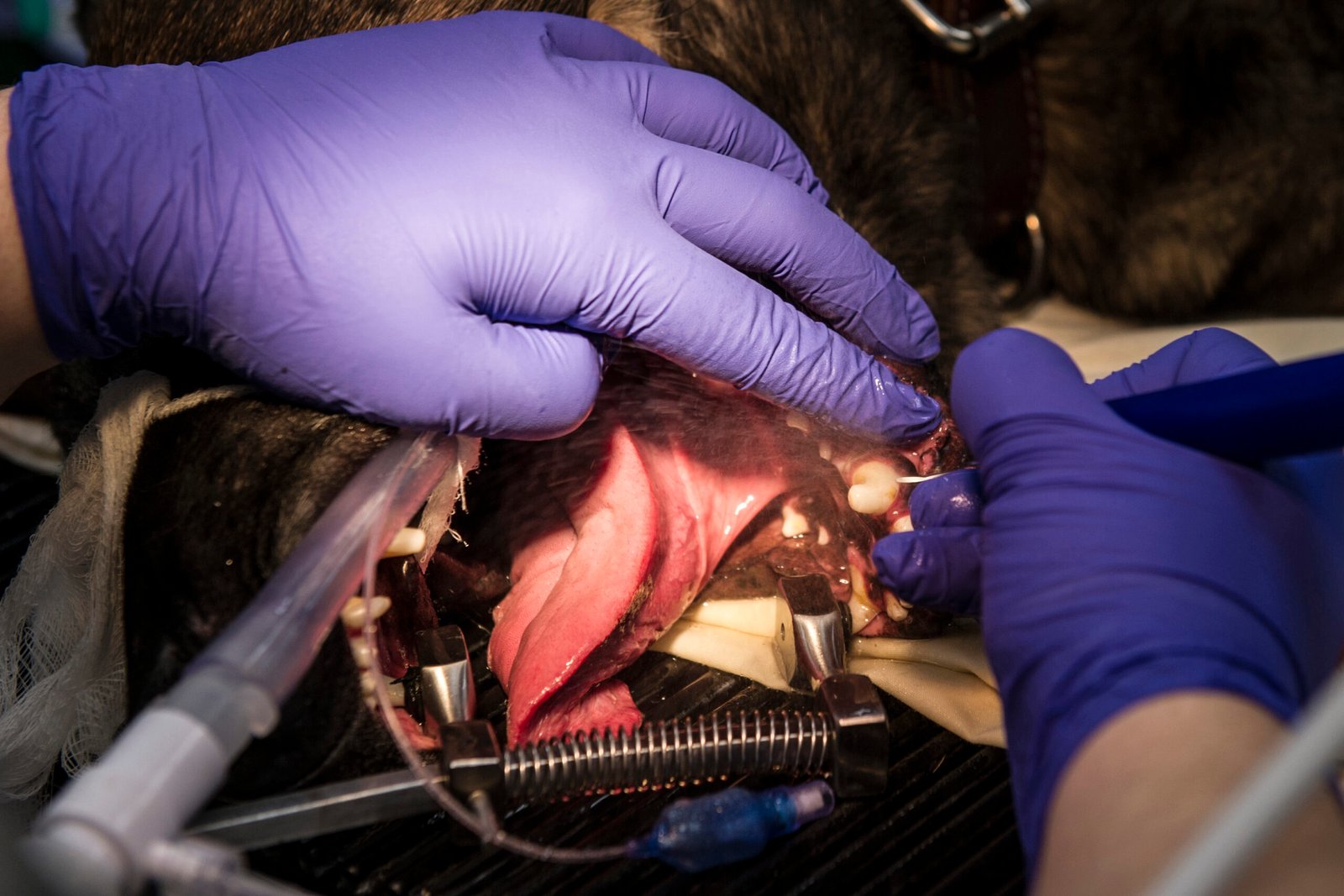
Dental disease is sneaky — it often starts with mild tartar and turns into gum disease, loose teeth, or even infections. Watch for signs like red gums, bleeding, drooling, or difficulty eating. If your dog has persistent bad breath despite your best efforts, don’t ignore it. Dental disease is painful and can lead to other health problems if left untreated. Early intervention is key, so stay alert and consult your vet if you notice any changes.
Control Underlying Health Issues
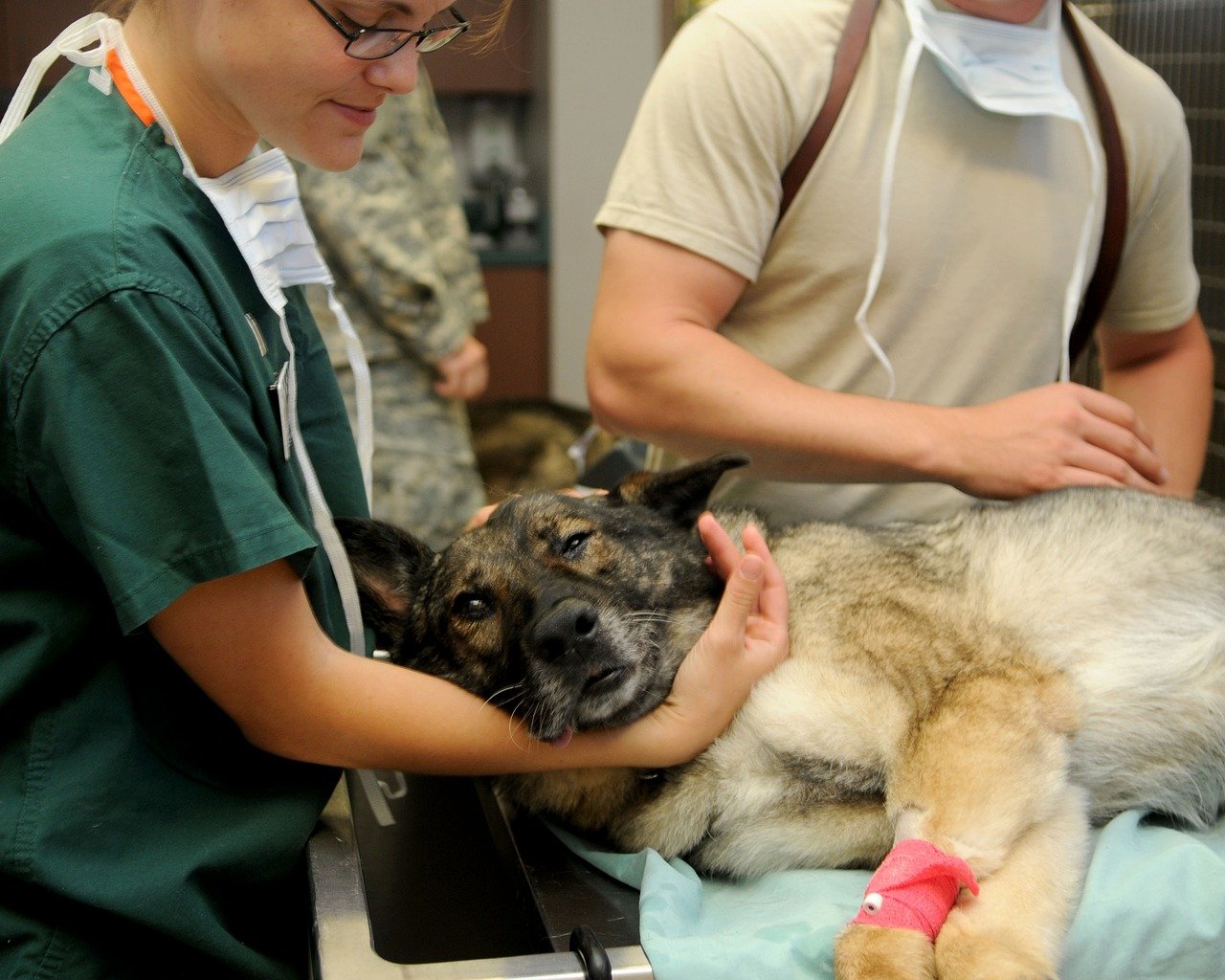
Sometimes, stinky breath isn’t just about dirty teeth. Health problems like diabetes, kidney disease, or gastrointestinal issues can all cause foul odor in your dog’s mouth. If you notice sudden changes in breath or other symptoms — like drinking more water, weight loss, or lethargy — it’s time to see the vet. Addressing these underlying issues can improve both your dog’s breath and their overall wellbeing.
Practice Patience and Consistency
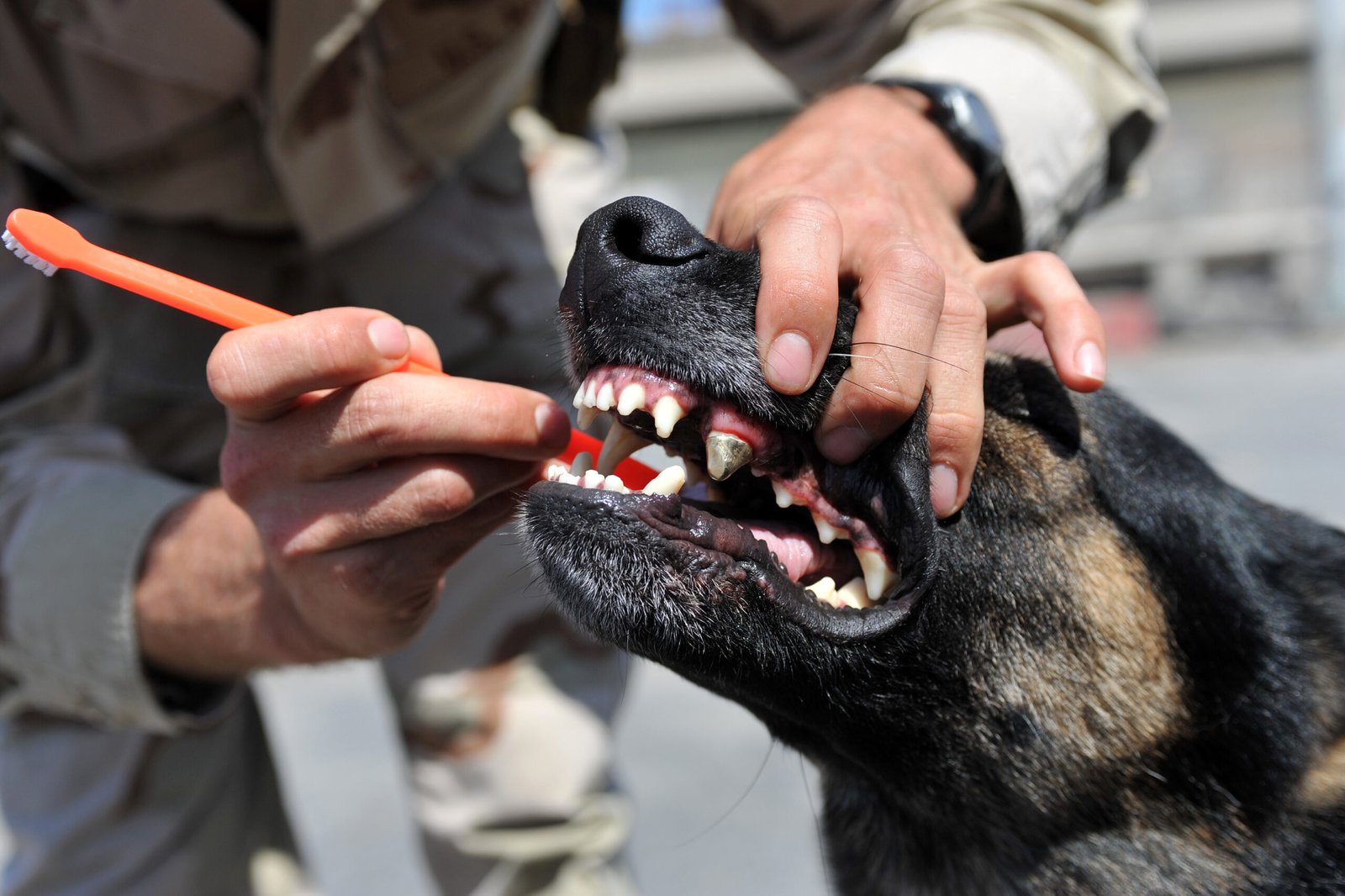
Improving your dog’s breath doesn’t happen overnight. It takes time to establish new habits and see results, especially if dental problems have been brewing for a while. Be patient and stick with your routine, whether it’s brushing, offering dental chews, or changing their diet. Celebrate the small victories, like a more pleasant cuddle or fewer complaints from family members. Your dedication will pay off, and your dog will thank you with every sweet-smelling kiss.
If your dog’s breath could clear a room, don’t worry—you’re not alone, and it is fixable! With a few simple habits like regular brushing, dental chews, and vet checkups, you can freshen things up fast. A healthy mouth means a happier pup (and a much nicer cuddle session). So stick with the tips, and you’ll both be breathing easier in no time. Fresh kisses, here you come!

Born and bred in South Africa, a Capetonian at heart. Amy-Leigh’s love for nature and animals was inherited from her Dad. He loves taking the family on road trips to experience nature at its finest; Amy-Leigh’s favourite being whale watching in Hermanus and spotting Kudu along the West Coast. Amy-Leigh holds a BA in English Literature and Communication Studies.

